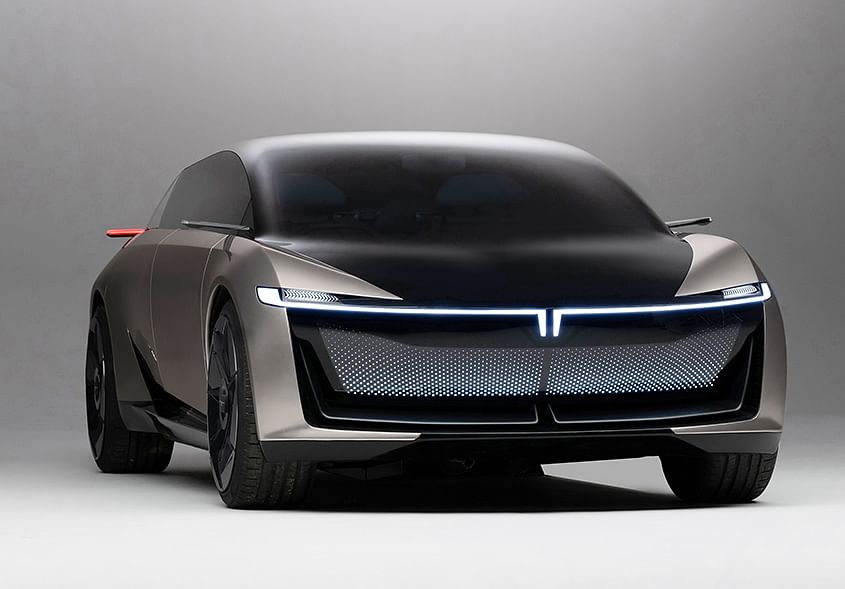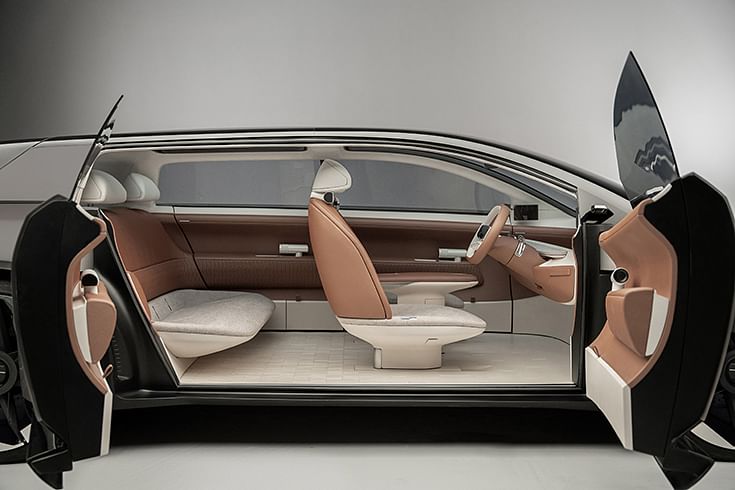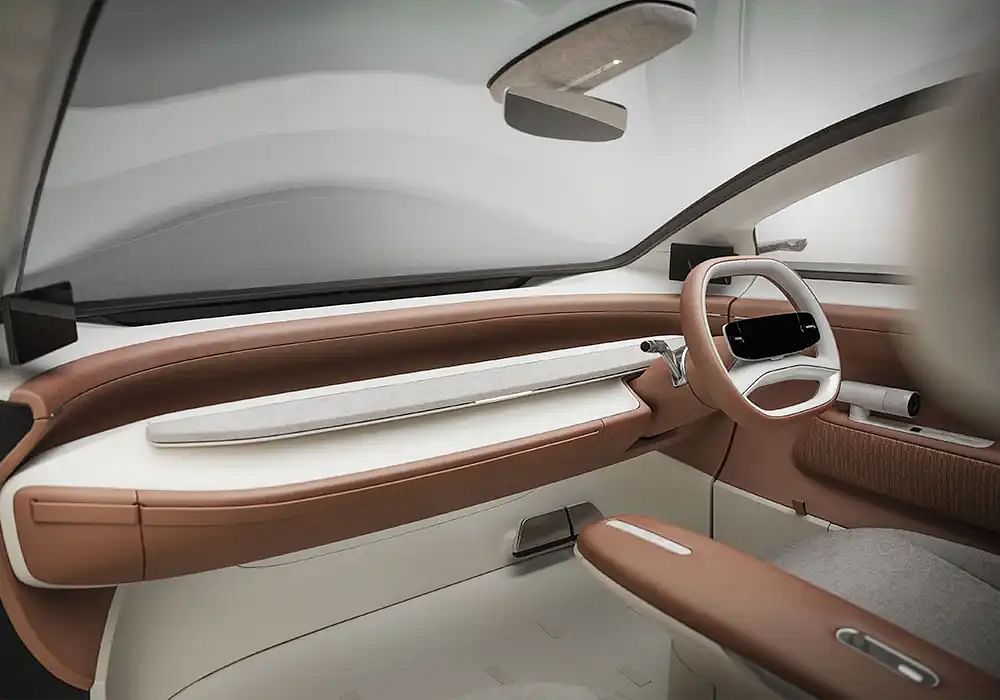Tata Avinya EV concept wins Green Good Design Sustainability award
Tata Motors’ Avinya concept, which will spawn multiple electric production models from 2025, is based on the carmaker’s advanced EV-only GEN 3 architecture.
Tata Motors’ Avinya Concept, which was first revealed in April 2022 and then showcased this January at the Auto Expo 2023 in New Delhi, has won the Green Good Design Sustainability award for 2023.
The Green Good Design Sustainability Award is a prestigious reward that aims to bestow international recognition to those outstanding individuals, companies, organisations, governments and institutions – together with their products, services, ideas and concepts – that have forwarded exceptional thinking and inspired greater progress toward a healthier and more sustainable world.
The Avinya concept is a grounds-up EV from Tata Passenger Electric Mobility (TPEM), Tata Motors’ EV subsidiary, and a platform for pure electric vehicles based on the company’s advanced GEN 3 architecture. The first products from this platform, destined for local and global markets, are expected to debut by 2025.
The Avinya, which means innovation in Sanskrit, will spawn cars that come with a minimum range of 500km, excel in roominess and comfort, and will not be restricted by traditional segmentation.

Originally inspired by a catamaran, the Avinya Concept is Tata Motors’ “uncompromising vision for electric mobility”. With a new silhouette, this concept aims to blend the best of all worlds – it combines the essence of a premium hatch to the luxuries and versatility of an SUV and the roominess and functionality of an MPV. A significant highlight on the front and the rear of the vehicle is the new identity.
According to the company, “The Avinya Concept introduces a new a typology of mobility that liberates enormous roominess and comfort, not restricted by traditional segmentation. It comes packed with new age technology, software and Artificial Intelligence that work in the background to deliver wellness and tranquillity during transit. Providing an extremely premium yet simple and calming customer experience, this concept will be fairly accessible to a majority of customers of fast-growing, high-volume segments of today.”
High on sustainability
The Avinya encapsulates Tata Motors’ Gen-3 EV architecture, which is based around the battery and electric motors, allowing the carmaker to push out the wheels to the far corners and maximise the cabin space.
The Avinya's Gen 3 architecture also offers flexible design while offering next-gen connectivity, advanced driver assistance systems (ADAS) and enhanced performance and efficiency. It also has high structural safety and the next level of waterproofing and dust protection, making it ready for all forms of terrains. Its other attributes include use of lightweight materials, and optimised structure for an EV-only powertrain with enabled appropriate stiffness to help minimise the overall mass, leading to good weight management.

Ace of space
In terms of styling, the Avinya has a very distinct and minimalistic look, with extremely short front and rear overhangs that only help accentuate the long wheelbase. Up front, there is a full width LED light bar designed to resemble a stretched-out 'T' logo, along with a uniquely lit solid grille section, slim headlight and smartly styled front splitter.
In profile, there is a strong shoulder line that runs the length of the car and ends at the floating section of the tail-light, accompanied by Rolls Royce-esque doors and a glass roof and blacked-out A pillars that provide a floating roof effect. At the rear end, the sleek full width tail-light mimics the look of the front lightbar and extends beyond the sculpted bodywork also giving it a floating effect.
Inside, there is a clean and very minimalist look to the cabin. There is no central infotainment screen on the dash – instead it has a slim, well-integrated screen in the dashboard above the sound bar, along with a new steering wheel that has an integrated screen for all the other information and controls. The far ends of the dash also have a screen to show the feed from the wing-mounted rear view cameras.

There is seating for up to five people with a plenty of legroom in both the rear bench style seats and the modern bucket seats up front that can swivel. Tata Motors has also used sustainable materials throughout the interior and there is a neatly incorporated aroma diffuser in the centre armrest to add to the cabin’s unique ambience.
According to Tata Motors, “This architecture is built with the use of next-gen materials, efficient electronic componentry and proprietary energy management strategies and algorithms for efficiency management. Use of lightweight materials, and optimised structure for an EV-only powertrain with enabled appropriate stiffness, helps minimize the overall mass, leading to good weight management. Furthermore, the battery used will support an ultra-fast charge capability, in line with the infrastructure evolution, pumping a minimum 500km range in under 30 minutes. The overall philosophy for enhanced range would be 'Minimize - Maximize - Optimize'.”
RELATED ARTICLES
VinFast’s second plant in Vietnam goes on stream ahead of India factory
Vietnamese EV maker’s second plant in its home market, which has a 200,000 EVs-per-annum capacity, will focus on produci...
Continental exits TBR market in India, shifts focus to car and SUV radials
German tyre manufacturer aims to tap the double-digit market growth opportunity for big SUV and luxury car tyres which w...
New ZF SELECT e-drive platform gives EV makers a choice in 100 to 300 kW range
Modular e-drive platform optimally matches 800-volt overall system and components such as the electric motor and power e...





 19 May 2023
19 May 2023
 13409 Views
13409 Views


















 Autocar Professional Bureau
Autocar Professional Bureau




